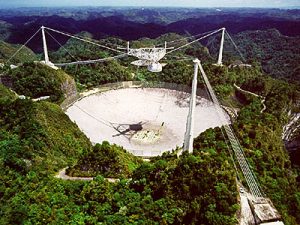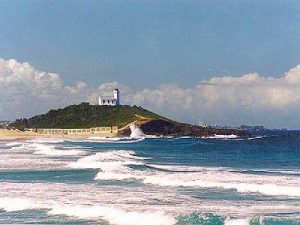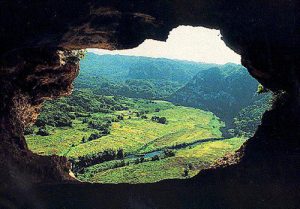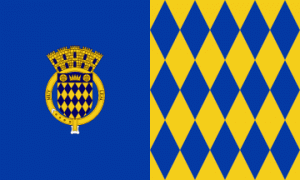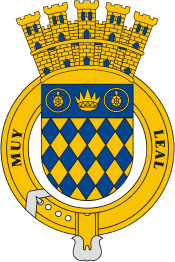(ah-re-SEE-boh)
(versión en español)
Arecibo is the largest city in geographical size on the island. Located in the Northern Coastal Valley region, adjacent to karst zone characterized by the presence of caves and wooded hills. Arecibo is bordering the Atlantic Ocean, north of Utuado and Lares; east of Hatillo; and west of Barceloneta and Florida.
The city is bathed by two rivers, Grande de Arecibo, which runs through the middle of the city and the Tanamá River.
Arecibo is known as La Villa del Capitán Correa, in memory of a battle fought successfully on its shores by Captain Antonio de los Reyes Correa and a handful of Spanish Army soldiers to repel a British invasion by sea lead by Admiral Whelstone in August 5, 1702.
Settled in 1556, Arecibo became the third Spanish settlement. Founded sixty years later, in 1616, when the King of Spain granted that section of land and the Indians on it to Lope Conchillos, under the governorship of Captain Felipe de Beaumont y Navarra. The leader (Indian chief) of these Indians was called Jamaica Aracibo, their yucayeque was named after him and ultimately the town was called by that same name.
The town is also known as La Muy Leal Villa (very loyal).
Points of Interest
You can visit Cueva del Indio, an archeological site, the cave is located on the shores of the Atlantic Ocean, in Bo. Islote. It it is called The Cave of the Indian, because drawings of the Indians that lived in this area in the Prehistoric Era were found in the walls of the cave. Rt 681 Km 7.8.


